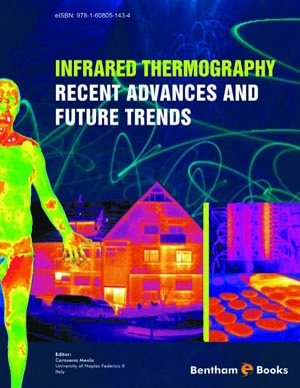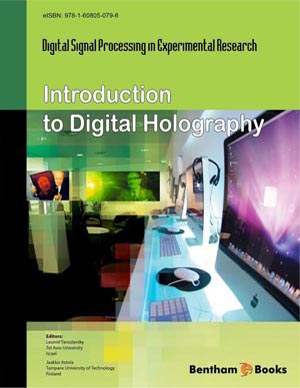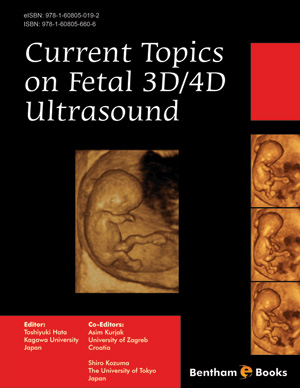Abstract
The use of an infrared imaging device for monitoring the environmental conditions for foodstuff conservation was illustrated in Section 2 of Part II. From the reported data, it is evident the convenience of using infrared thermography to control the climate of the store house and the respiratory activity of harvests. The author also supplied information on the location of infrared cameras in the store house and on the procedures for data treatment and interpretation.
Of course, the climate conditions are fundamental for the correct conservation of foodstuff for preventing loss of mass and of freshness with obvious economical profits. However, the conservation of foodstuff is a crucial task not only from the economic point of view, but primarily from the wellbeing perspective. In fact, the temperature and the humidity level are key parameter to be accurately set for avoiding bacterial proliferation. Not with standing the benefits, the investment costs are often considered prohibitive for stores
not enough large. Fortunately, as pointed out in Chapter 2 (Part I), the technology is evolving fast while costs are becoming more affordable, and then, it is expected an increasing use by also small stores. Now, the eBook goes on an excursion into applications of infrared thermography to the industrial field for comprehension of thermo-fluid-dynamics phenomena and for materials non destructive inspection. The use of an infrared device for climate control will be reconsidered in Section 4 but for the living comfort and to prevent degradation of artworks.












